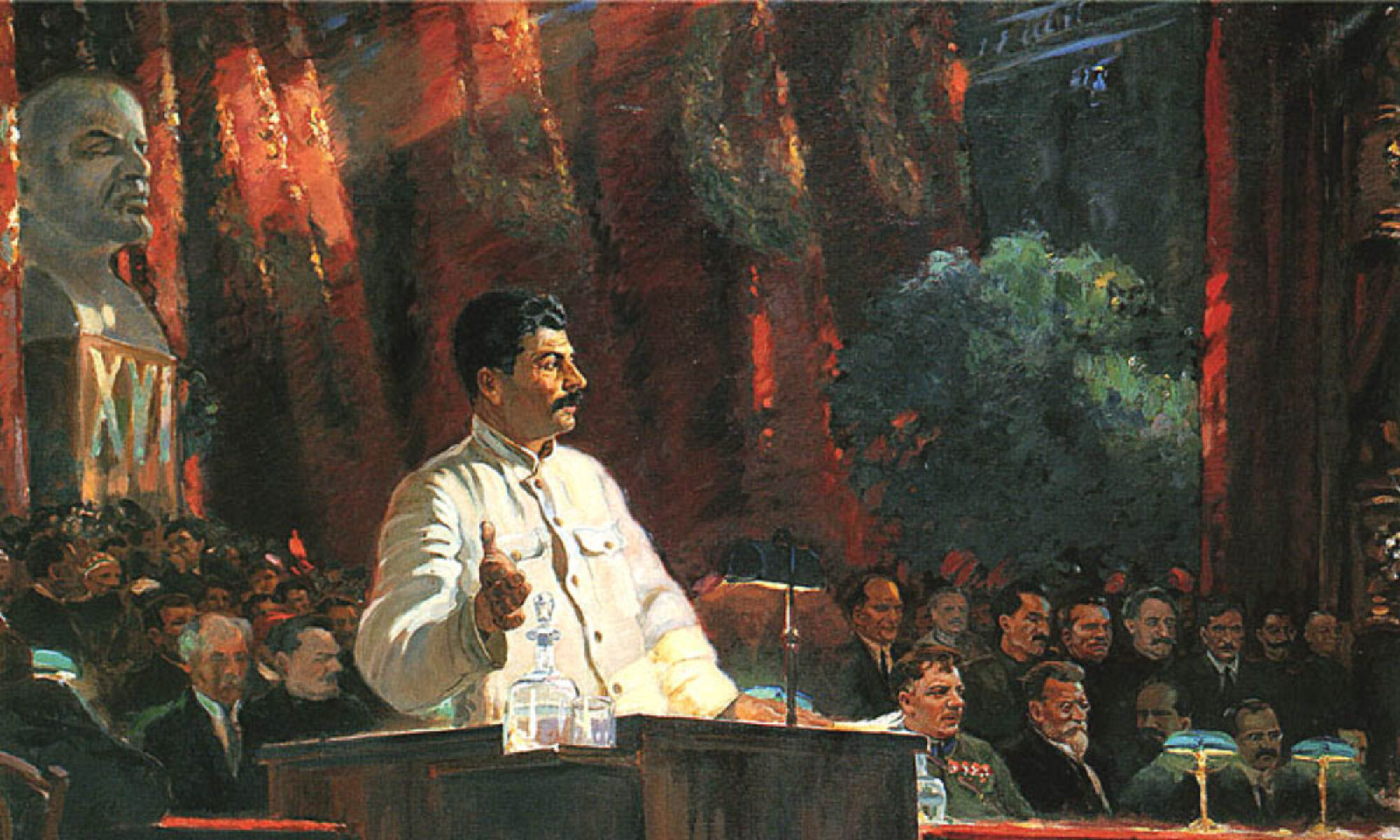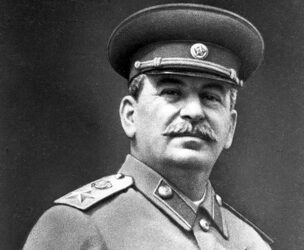The Hujum was a movement for Central Asian Muslims and Caucasus in order to more easily integrate them into soviet life and the workforce. Using equality laws, literacy programs, and bringing women into the labor force, the Communist Party leadership in Moscow launched the campaign. The main way of supporting the campaign became unveiling of the women’s paranji’s, and although this was meant to be a nonviolent practice, it quickly took a turn. Women who unveiled and showed support were in danger of being assaulted or killed. Rabhar-OI said, “And there was that actress. She was Halima’s understudy. Her husband bit off her nose, just like that”(pg. 159) this was meant to force the woman put her paranji back on. Would you take a risk the way these women did for something you cared about? What would you do if your spouse disagreed?
The Light Behind the Soviet Union
The typical stereotype of Russia is pretty bleak. I even saw a funny post about someone saying “I do not like syrup on my pancakes” and the response being “where are you from? the Soviet Union?”
Again, Russia is a bleak place with an evil dictator that just makes people suffer. However, in Russia’s People of Empire : Life Stories From Eurasia, 1500 to the Present, the stories are more the opposite. On page 311, it says “Rabfak schools, which were first founded in Russia and then spread to other parts of the Soviet Union, sought to educate, and politicize, the urban working classes. This move suggests some of the ways that Obidova’s own marginal status shaped her opportunities. Burnsheva;s teachers’ school for Uzbek women became a very important institution in Soviet Tashkent, attracting the daughters of the urban intelligentsia..”. A few lines before we read “within four years, she ‘learnt to read and write and divorced her husband, who had discovered her whereabouts and was constantly threatening to murder her'”.
Even with my own studies of communist East Germany, once the wall fell, people still stayed in the East when you would think they would want to run as fast as possible.
These stories show the hope behind the Soviet Union where we have just been depicting it as a group of abused and brainwashed group of people.
Was Russia actually caring for its expansion or was it all for business? Why do you think people wanted to stay in the Soviet Union and work?
A New Soviet Renaissance
1926 saw a cultural rebirth of the Soviet Union. Many changes occurred, primarily how women were perceived and treated, the “Great Leap Forward” described by Marianne Kamp would bring women from other cultures and backgrounds and have them join the modern society of the Soviet Union. This would help with certain issues that these women would face in their daily lives, but soon enough the Communist Party would act as the arbiter for these women . On one hand, at the Uzbekistan Communist Party Central Committee meeting some of the members were in strong support of freeing women from their veils (symbols of slavery) but, “in regional meetings Communists supported a more subtle unveiling movement, with unveiling meetings only for wives of responsible workers” (Pg. 164). Do you think this created the idea that instead of listening to your spouse/family, that now women had to listen the Party, and had to be subservient to the Party?
International Women’s Day 1927
In Kamp, we are presented with two narratives of how the events of March 8, 1927 unfolded. We are told by Rahbar- oi Olimov that the council did not want to mandate unveiling, “They said that it should be voluntary. Some of the progressive women were the first to unveil. The progressive women unveiled on the eighth of March, 1927” (158). However, a little further down we are told that, “The need to unveil was emphasized in Party and government circles, where members were told that the women in their families would be called on to unveil on Inter-national Women’s Day, March 8, 1927” (165).
Maybe I am reading into this difference too much, but I believe the views of the government seem substantially different based on these two quotes? Moreover, I find this difference important in the conversation surrounds Rahbar-oi asking her husband for a second paranji and him denying her. I think what my question is what type of agency do veiled women have?
Crafting Public Perception
Since Syd and I are leading class tomorrow, I wanted to bring up a point to discuss to get us started in thinking about the use of visual images like the ones we see in the slideshow to craft the public’s perception of a government official. For someone like Stalin who was the single most powerful person in the Soviet government, how important is it to plan and execute a campaign to shape the public’s perception? Should images work to promote both the ruler and their initiatives at the same time, or is it more important to simply achieve policy goals?
A view of Stalin through art
The “Cult of Stalin Slideshow” presents many paintings and photographs of Stalin. In most of the paintings he is the main focal point, although he is not always in the center of the photo. It is important to point out that there is very limited racial diversity in these paintings. In each of the paintings from 1930, all of the people in the background and surrounding him are white males. In the paintings from 1950 and 1938, Stalin is not an obvious focal point, and all the people around him are white. Propaganda posters are also majority people of caucasian descent. Do you think this was intentional? Do you think that this is relevant with the message about Soviet’s being an all accepting people?
Stalin as the Centerpiece
When looking at the slideshow, I could really only remember our last class discussion in which Stalin is not the center focus in much of the architecture. Instead, it was Lenin. Of course there is some art that does depict him as the center of attention as a solid man. But, I could not help but notice how when Lenin is in the picture, it is more of a focus than Stalin is. Slide 7 is the perfect example in which Lenin is the taller guy, leading with his whole hand as if guiding where Stalin the the shorter one, pointing just to copy what is happening. In Slide 6, Lenin has more of a knowledgeable appearance, if that is the right word. Its kind of like a teacher and a student.
When depicting leaders, it is common for them to have a god like complex, but Stalin does not necessarily do this. What do you think the intent is behind these paintings?
Stalin’s Image
During the Soviet dictator’s three decades in power, a dynamic “cult of personality” grew up around him. Comparisons to some dictators and even some democratic leaders are also being made. Plamper argues that the Stalin cult was one of the most well-crafted and strictly monitored in history. For example, Stalin’s status was enhanced to various extents depending as to how much he wanted to take credit for political, economic, and military developments. Stalin even identified himself as being a Russified Georgian-Asian, “yet, Stalin was never depicted as a Georgian. As a critique of a draft copy of heavily illustrated album of Lenin and Stalin put it, ‘The majority of the pictures…belongs to artists from Georgia. This creates the impression of Stalin as the leader only of the Georgian people not of all people of the Soviet Union. This flaw must be eliminated’” (p. 47). Do you believe Plamper’s argument that Stalin’s image was well crafted?
Where are the resources going?
When you imagine soviet architecture the first thing that might come to mind is the block style residential buildings. These buildings exist as a simple and cheap way to house the many people that are needed to be housed. It isn’t considered pretty to many but it is necessary. Then when reading about the lavishness that existed in government buildings, that is almost expected, but not extravagant Metro stations. O’Mahony on 185 writes about the “rich marble and granite” and the “huge chandeliers” that adorn the stations.
Anderson describes the situation in the metros:
“The art of infrastructure articulated the utopian and dystopian
aspects of Stalin’s Revolution. … These complementary spaces were symptoms of a paradoxical attempt to build a modern metropolis on the basis of arduous, unskilled and often forced labour.” (Anderson 162)
These workers were often working under forced labor to build a beautiful metro system when there was so much more needed. Why waste money and time on marble when any tile would have done? If I was a Soviet citizen that lived in a poorly constructed drab high-rise seeing these stations, I would feel betrayed. How would you feel?
Does the Metro mean ‘Life has become better’?
In Anderson, there is a brief mention on how the city developments where not necessarily for the people, but more for the bureaucracy: “Travel for ordinary citizens remained difficult throughout the decade. Instead, these buildings served travelling dignitaries with great style” (169). At first glance this struck me as odd, but I found even more striking as I read about the grandeur of the metro. The fact that no cost was spared seemed even more obtuse since “travel for ordinary citizens remained difficult.” The Soviet Union consistently struggled economically, so I find it irresponsible to make such decadent hallways and facades. From a public policy, not an artistic, viewpoint, does this metro represent life becoming better?

